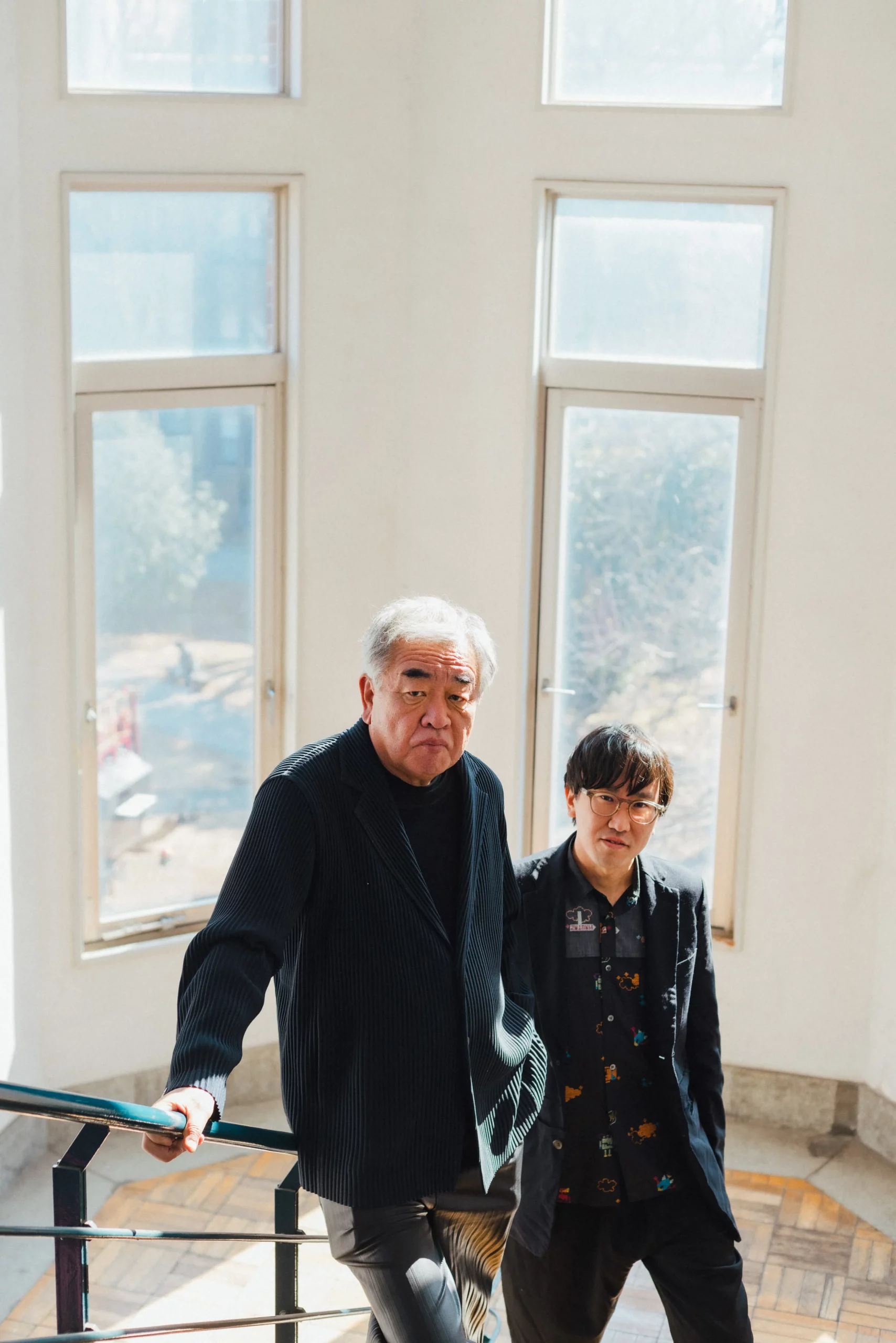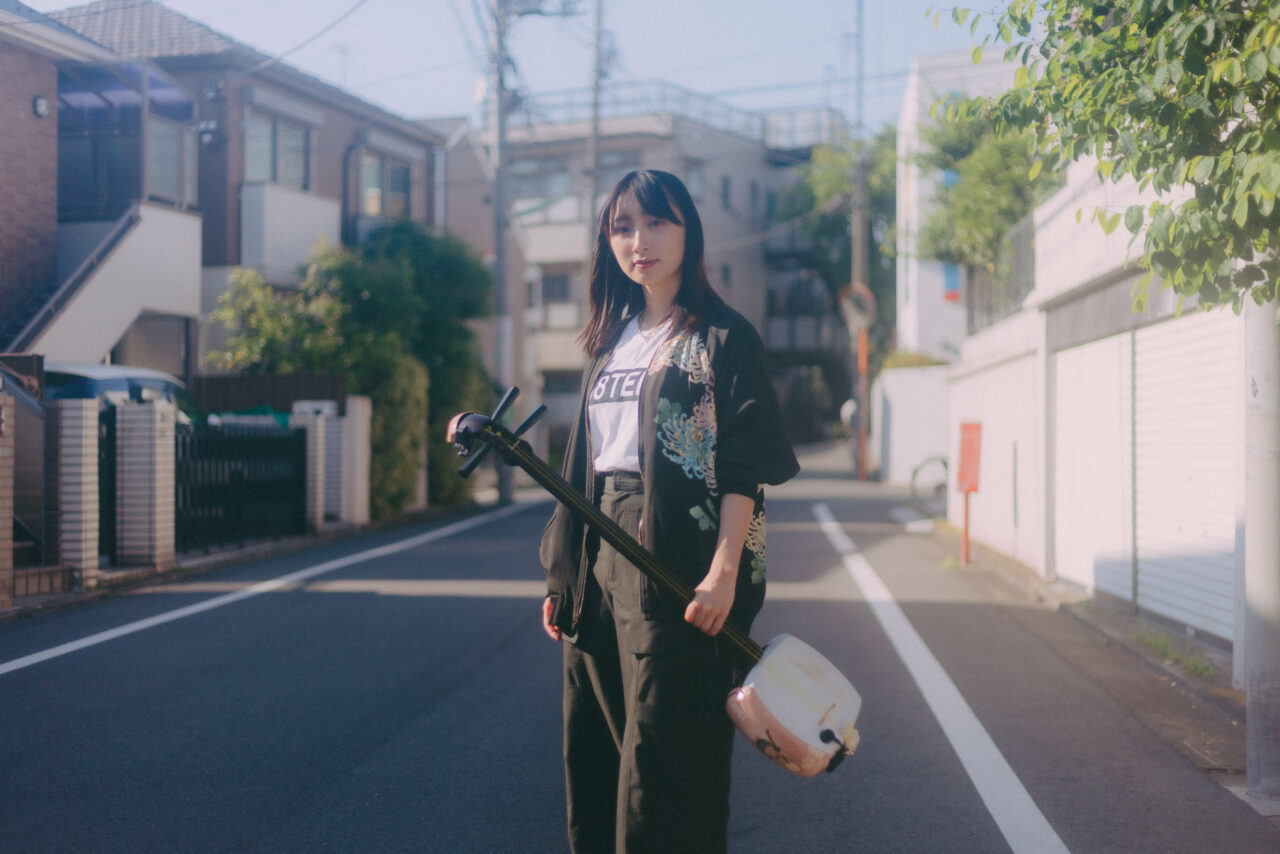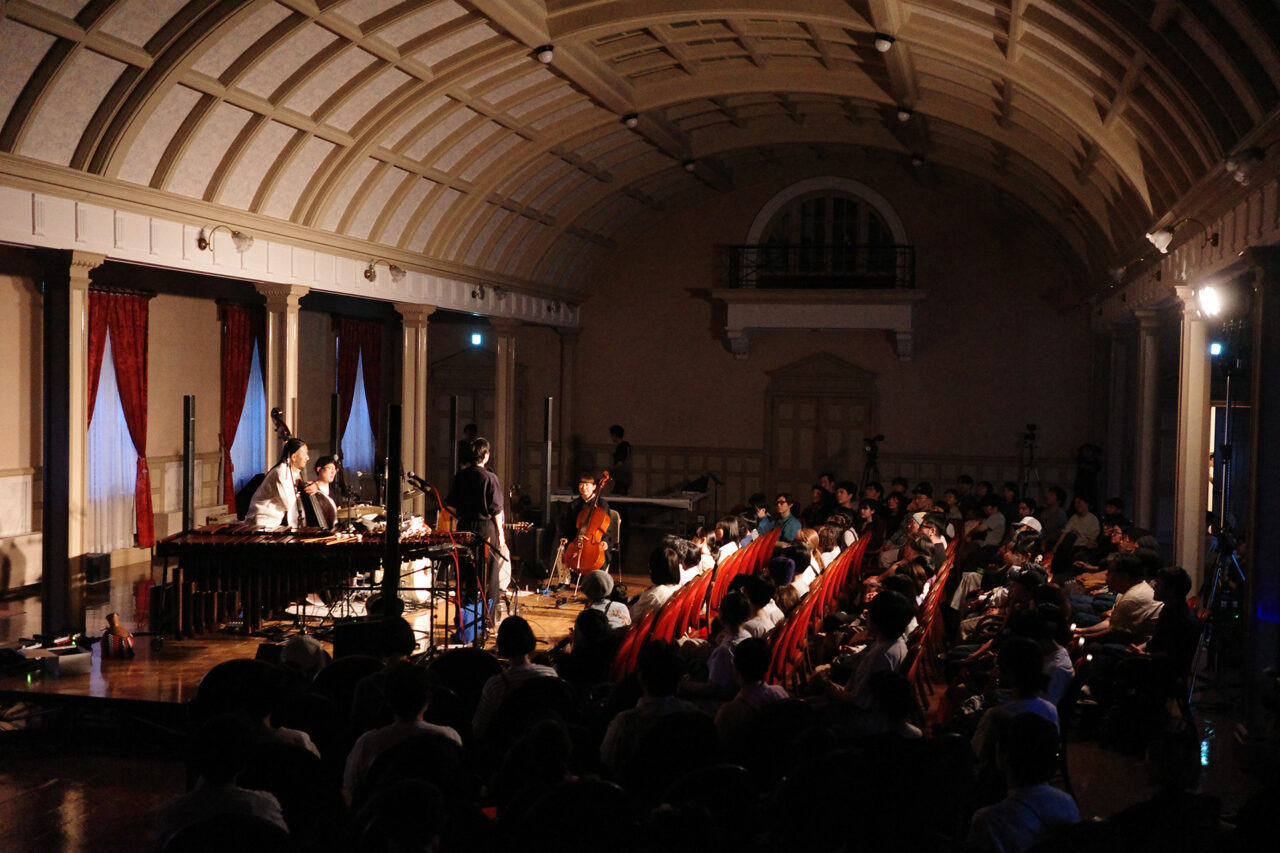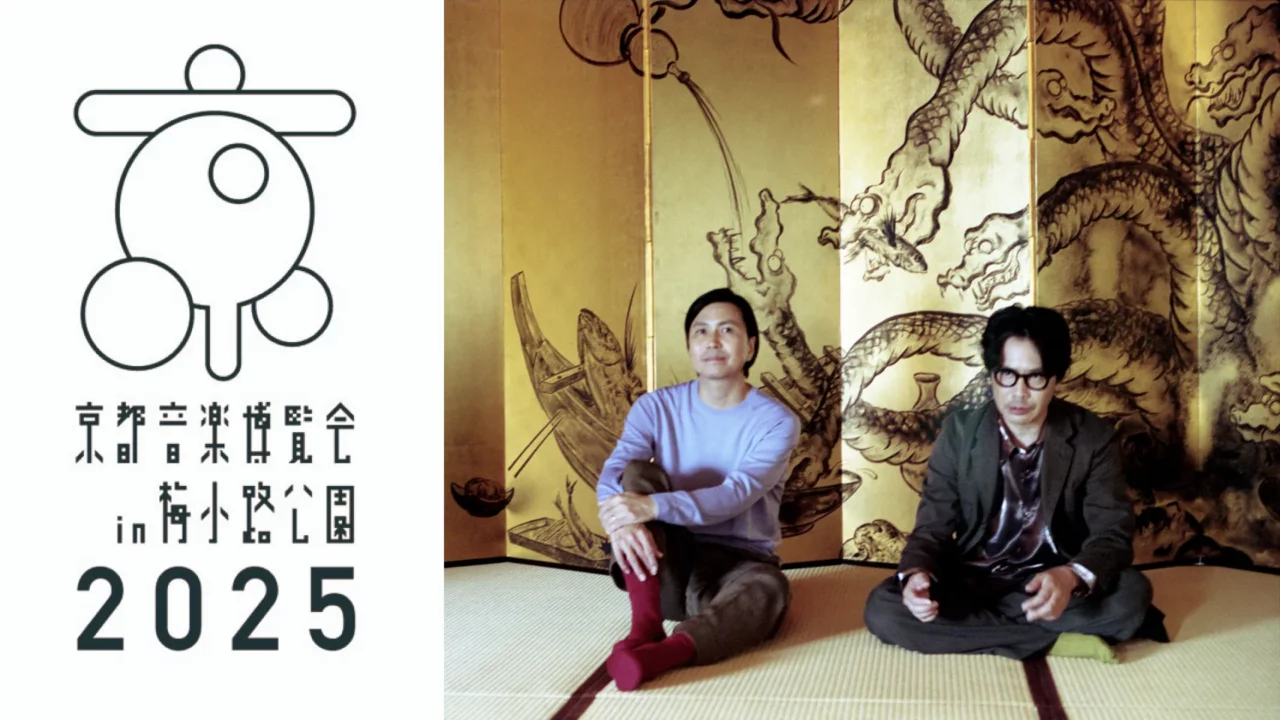As the Tokyo area sees another year of increasing migration, marking a third consecutive year of net population growth in 2024, one thing remains clear: the city is bursting at the seams with people and things. “Excess” has become an undeniable part of the urban identity. Residents, now accustomed to this overflow, use tools like AI to streamline their lives—canceling out noise with headphones, paying to bypass long queues, and selectively filtering the endless stream of excess around them. Yet, not everyone can easily keep up. The relentless pace of change leaves some feeling out of sync with the rapidly evolving values of society.
In this landscape of constant excess and the rise of AI, how can creators navigate the shifting terrain? This is the question that inspired “The Garden of Excess,” a hands-on project spearheaded by the “SEKISUI HOUSE – KUMA LAB” studio, led by Toshiki Hirano.
In a world where digital tools like generative AI are reshaping the role of architects, graduate students from the University of Tokyo, gathered at KUMA LAB from across the globe, are exploring how to confront the challenge of “excess.” A conversation between architect Kengo Kuma and Hirano (Director of SEKISUI HOUSE – KUMA LAB and Special Lecturer at the University of Tokyo) offers insights into how architecture can evolve in the age of AI, the complex relationship between humans and technology, and the future of “richness” in our increasingly crowded world.
INDEX
The Mission of SEKISUI HOUSE – KUMA LAB and the Theme of “The Garden of Excess”
SEKISUI HOUSE – KUMA LAB was founded in 2020 within the University of Tokyo’s President’s Office Comprehensive Project Organization by Sekisui House and architect Kengo Kuma, with the goal of fostering international talent in the field of architecture. The lab provides resources such as a digital archive of historical materials and a digital fabrication environment, as well as design studio programs led by renowned architects from around the globe. Through collaborative studio courses with universities worldwide, it also serves as an international hub for architectural education at the University of Tokyo.

One of the five studios at KUMA LAB, “Toshiki Hirano Studio,” tackled the theme of “The Garden of Excess,” which is the focus of this article. Here, we will begin by providing an overview of the project.
The Garden of Excess

We are living in an age defined by excess, where both materials and information are overflowing. A recent study suggests that by 2020, the total volume of human-made objects on Earth surpassed that of biological resources. This surge in material excess has led to the emergence of the “Anthropocene,” a concept that reflects the profound impact human activity has had on the planet at a geological scale. As a result, the traditional divide between “artificial” and “natural” is being re-examined.
Meanwhile, the rapid spread of the internet over the past three decades has led humanity to amass an immense digital archive. This flood of information has driven the rise of generative AI, which now produces vast amounts of new data with little to no human input. What was once considered the realm of human creativity is now being tested by the growing presence of AI.
In this context, how can architecture respond to this era of excess? In this studio, we will step beyond traditional architectural design to explore how we can navigate and create in a world overflowing with complexity. Our inquiry will look at how we will live, think, and innovate in the future within this overflowing landscape.
KUMA LAB × SEKISUI HOUSE “EXCESS” – What Can Architecture and AI Achieve in the Era of Excess? – From the Official Website
For this exploration, the “garden” was selected as the focal point, a space once seen as a place where humans and nature coexisted in harmony, crafting an ideal landscape by removing the superfluous. Yet, in today’s era of excess, imagining a “perfect garden” has become an increasingly impossible task. The oceans are choked with plastic waste, space is cluttered with debris, and the lines between “nature” and “artificial” are increasingly indistinct.
Rather than viewing this overwhelming “excess” as mere disorder, the project starts with the question of whether we can uncover the potential for a new kind of order within it. This approach resonates with the concept of “dark ecology,” introduced by British philosopher Timothy Morton in the late 2000s, which challenges the duality of “pure nature” versus “polluted artificiality” and calls for a direct engagement with chaos itself.
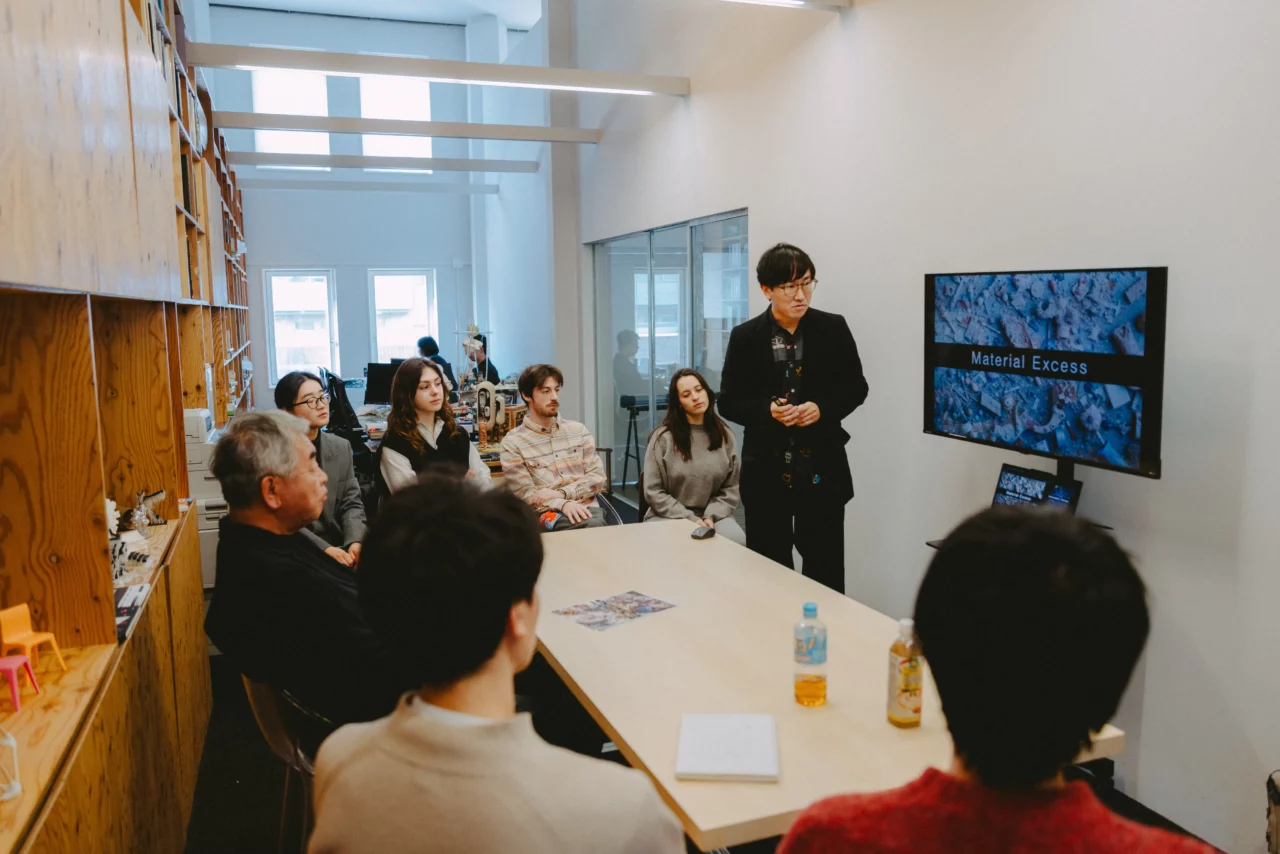
INDEX
Three Steps to Designing “The Garden of Excess”
In the first phase of the project, image generation AI (Stable Diffusion / FLUX) was harnessed to bring to life the unconscious obsessions—those hidden compulsions that shape individual minds. Moving away from traditional architectural principles like functionality, economics, and political logic, this approach places personal obsession at the core of the design process, opening a new path for creation.
This approach stems from the belief that diving into what has traditionally been seen as “personal” obsessions might unlock the key to a collective, shared aesthetic in the modern world. Surrealist experiments with automatic writing have shown that as one plunges deeper into the unconscious, the personal pronoun “I” fades away, giving way to a connection with the collective unconscious. This exploration aims to discover a new set of values for the era of excess, specifically an “aesthetic of overwhelming information.”
The next step involved transforming these individual obsessions into small “sandpit” worlds. Sandplay, a therapeutic method dating back to ancient times, is used to externalize unconscious imagery, allowing for objective observation. In this project, image generation AI, along with 3D model generation tools (Marigold, Stable Fast 3D), was employed to envision the intricate structure of an “excessive world” that exists between the digital and physical realms.
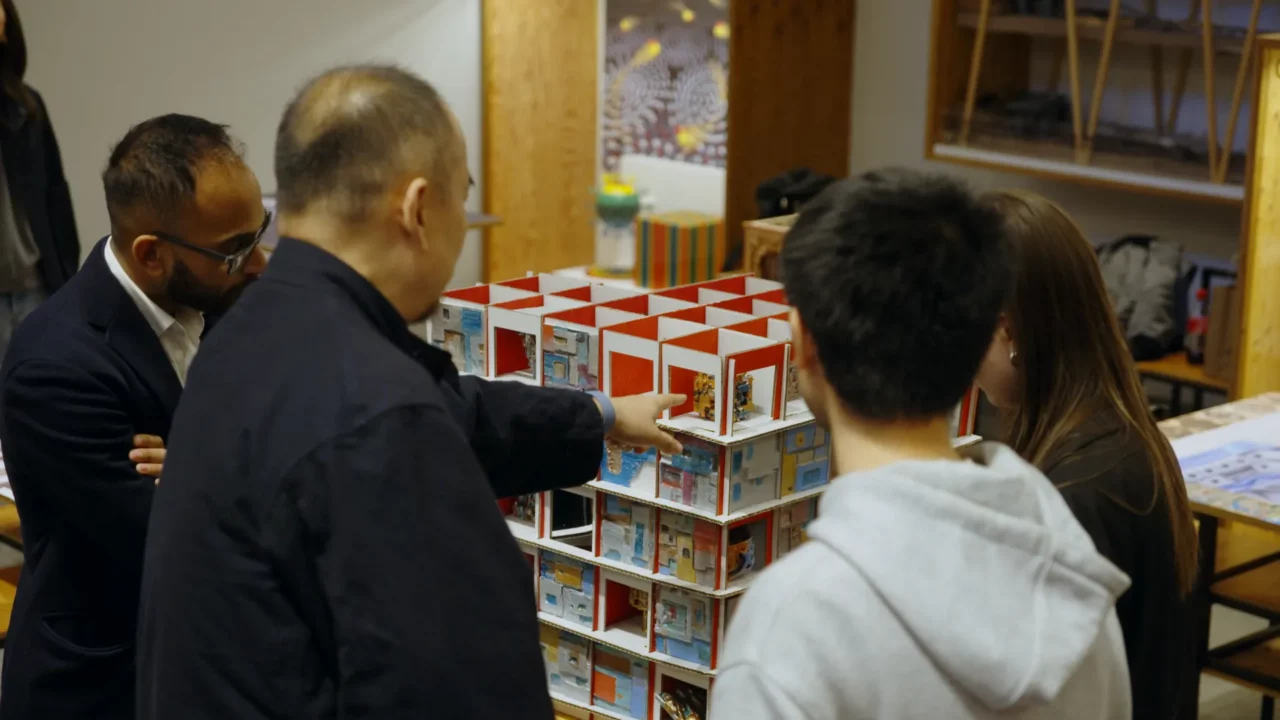
In the final step, each student built “The Garden of Excess” based on their sandpit, unbound by scale or site limitations. By blending digital and physical approaches, they reassembled the fragmented world in innovative ways, seeking to envision the possibilities of future realities.
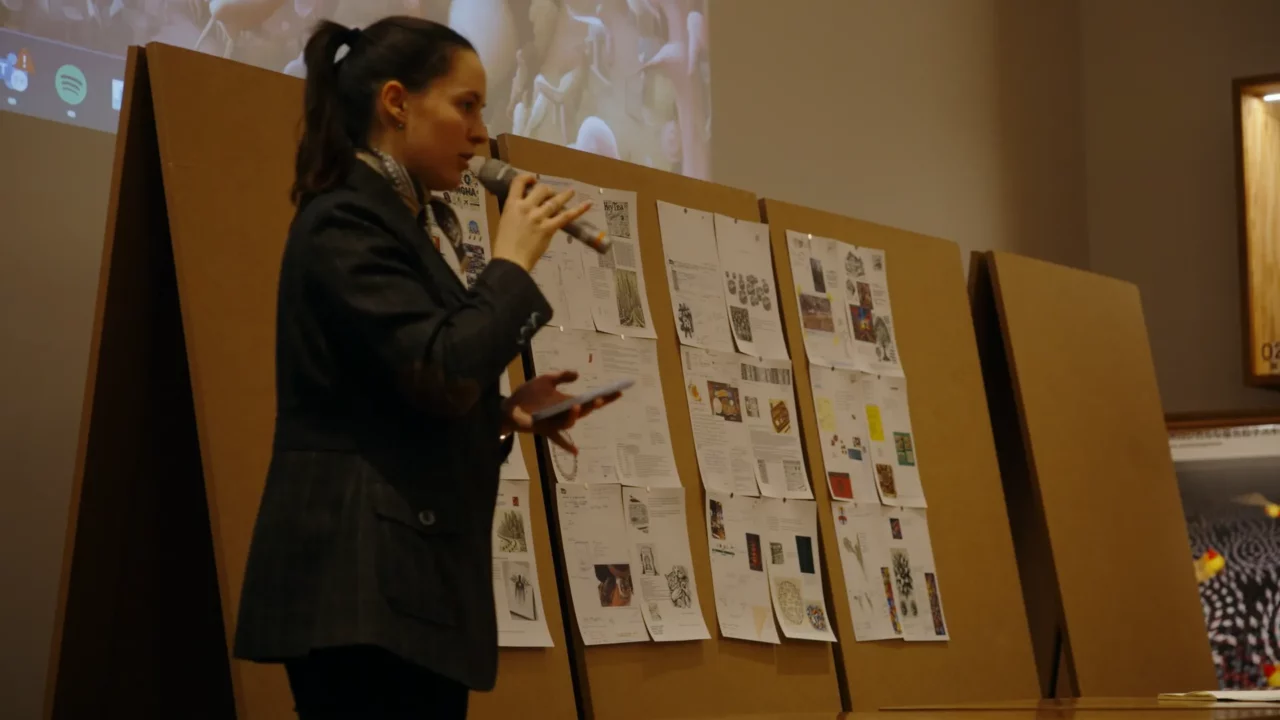
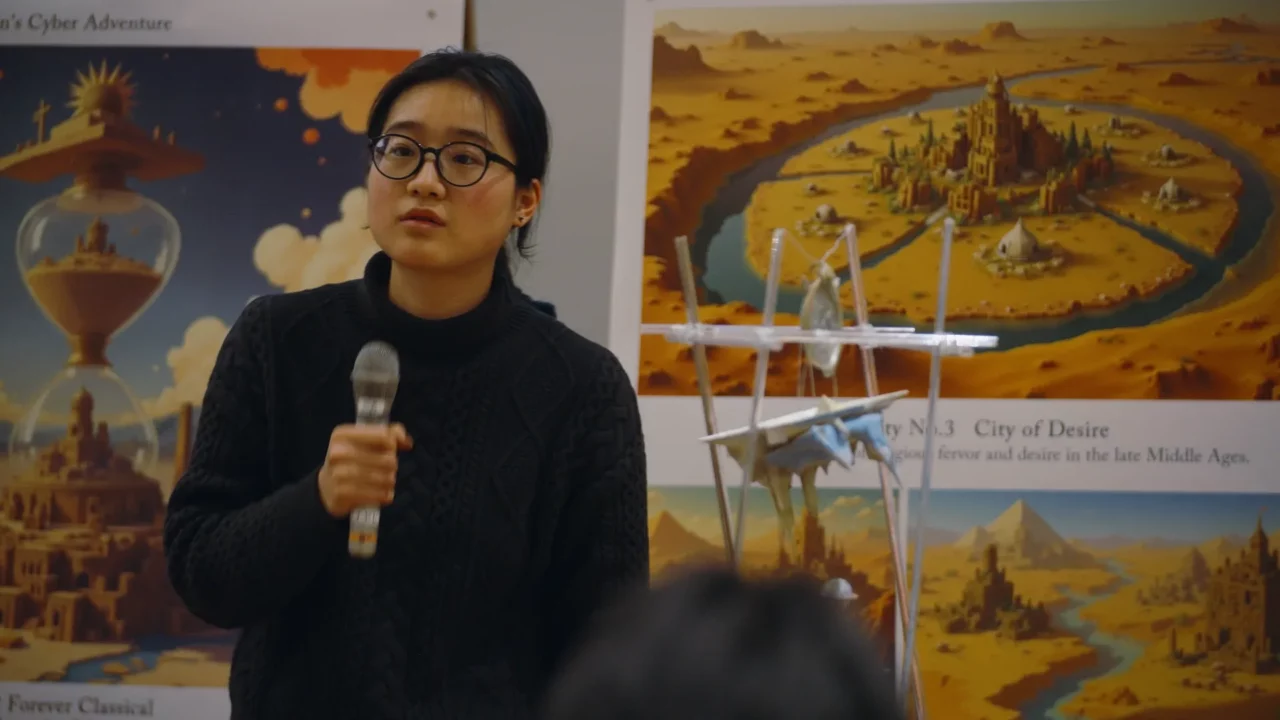
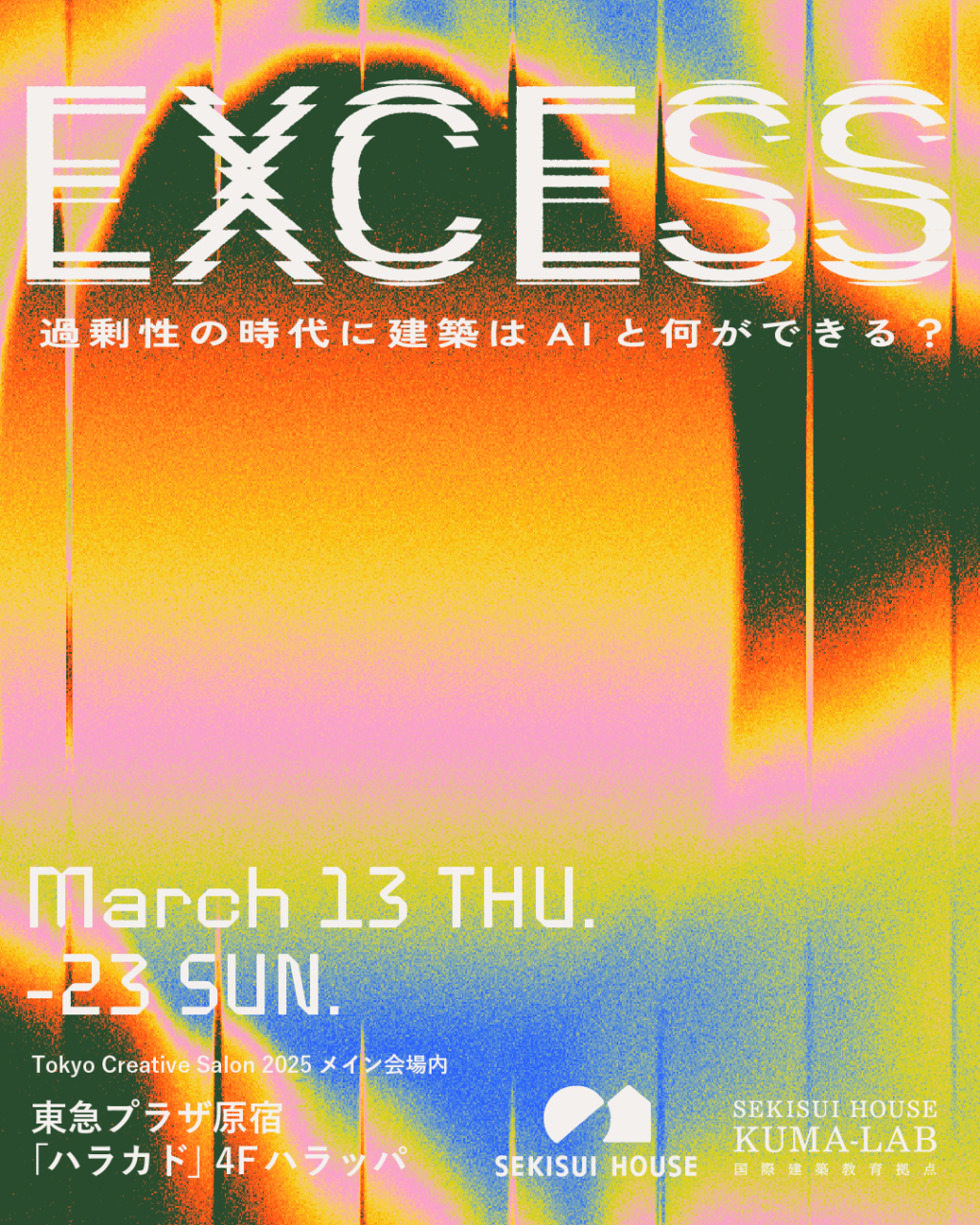
Following the students’ final review, Toshiki Hirano sat down with Kengo Kuma, delving into the role of architecture in the era of generative AI, the evolving relationship between humans and AI, and the future of “richness.”




